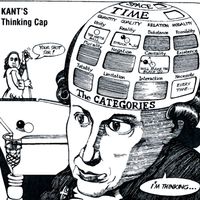Researchers Harness the Power of Machine Learning to Facilitate Drug Repurposing
The biologic, Xolair, was developed to treat asthma, but was found useful for urticaria treatment, as well. The synthetic compound, meperidine (Demerol), originally tested for its antispasmodic effect, was found to be an effective painkiller. Botox, approved originally for treating crossed eyes is now a popular cosmetic approach to treating wrinkles, and it is prescribed for migraines and overactive bladders.
These examples of expanded uses of drugs raise an interesting question: What if we could set out to determine which drugs, developed for one use, could be repurposed for another? At The Ohio State University, assistant professor of machine learning and engineering, and biomedical informatics, Ping Zhang, used machine learning to demonstrate how massive amounts of data can identify drugs, and drug combinations, that will prevent stroke and heart failure in patients with coronary artery disease.
Given that the framework Zhang and his team developed can be customized to determine drug and drug combination repurposing to treat other diseases for which they are not prescribed, the potential benefits include a more time-efficient path to the marketplace. “This work shows how artificial intelligence can be used to ‘test’ a drug on a patient, and speed up hypothesis generation and potentially speed up a clinical trial,” Zhang explained.
Zhang looked to medical and insurance records for longitudinal data for millions of patients, and to deep machine learning. The computing power and an adaptive algorithm that employs causal inference theory do what is almost impossible for a human being. They not only to “crunch massive amounts of data, but also resolve confounders, such as age, disease severity, and race. “We are the first team,” Zhang said, “to introduce use of the deep learning algorithm to handle the real-world data, control for multiple confounders, and emulate clinical trials.”
Sources: Ohio State University News, Nature Machine Intelligence, Science Direct









